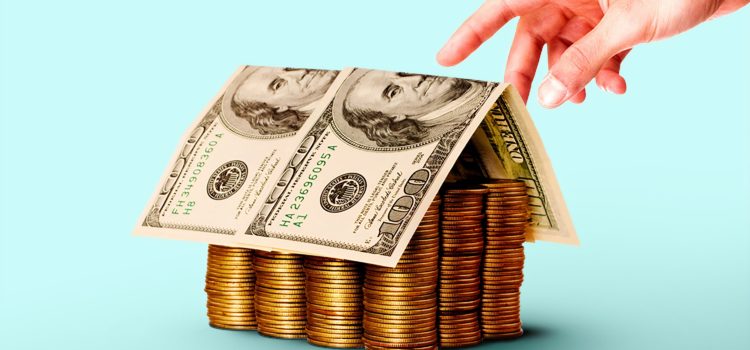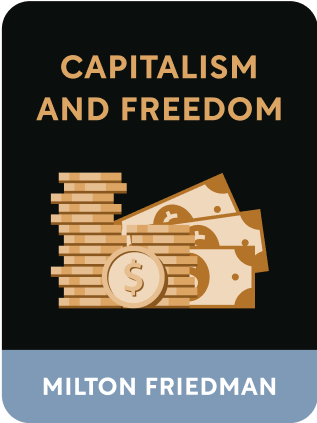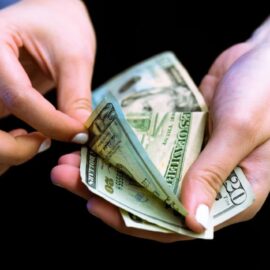

This article is an excerpt from the Shortform book guide to "Capitalism and Freedom" by Milton Friedman. Shortform has the world's best summaries and analyses of books you should be reading.
Like this article? Sign up for a free trial here .
What is the Milton Friedman negative income tax idea? How would negative income tax work?
Milton Friedman’s tax theories also include a negative income tax. This would allow direct payments to be paid to people below a certain income as opposed to having them pay taxes, which would help alleviate poverty.
Read more about Milton Friedman, negative income tax, and what it means.
Milton Friedman: Negative Income Tax
But one should not take these criticisms of anti-poverty programs to mean that being pro-capitalist necessarily makes one indifferent to poverty. Indeed, alleviating poverty benefits everyone throughout society.
The problem arises when anti-poverty measures are coercive, are targeted only to certain groups of people, or distort the proper functioning of the market. To get around these traditional defects of such programs, governments should adopt a negative income tax.
Milton Friedman’s negative income tax idea provides a direct cash subsidy to people earning below a certain income threshold. To illustrate how this would work, we’d need to know:
- The income threshold (the amount below which there is no tax liability);
- The income tax rate (the rate at which earnings above the income threshold are taxed); and
- The subsidy rate (the rate at which incomes below the income threshold are subsidized).
Let’s assume that the income threshold is $50,000—that is, those earning below this amount pay no taxes. Let’s further assume that the income tax rate is 20 percent (we’ll assume a flat rate for simplicity’s sake, though the negative tax rate could be graduated). Lastly, let’s assume that the subsidy rate is also 20 percent.
- Under this scenario, a person earning $40,000 would receive a subsidy of $2,000 from the government (the $10,000 difference between the income threshold and this person’s income, multiplied by the 20 percent subsidy rate).
- A person earning $100,000 would pay a tax of $20,000 (the $100,000 income multiplied by the 20 percent income tax rate).
- A person earning $50,000 would receive no subsidy nor pay any taxes (because their earnings would be precisely at the threshold).
A negative income tax would redistribute income, but on a far more equitable and transparent basis than traditional tax-and-transfer programs. It would effectively guarantee a certain basic income for everyone. It would also be more efficient than the current patchwork of welfare programs, most of which are targeted to specific groups (like veterans, widows, the elderly, and so on). The narrow and targeted nature of such benefits programs requires an expensive bureaucracy to maintain and administer them.
According to Milton Friedman, the negative income tax would deliver cash benefits directly to people without forcing them to jump through endless government red tape and would give them the freedom to spend their money as they saw fit.

———End of Preview———
Like what you just read? Read the rest of the world's best book summary and analysis of Milton Friedman's "Capitalism and Freedom" at Shortform .
Here's what you'll find in our full Capitalism and Freedom summary :
- The key principles from Milton Friedman's Nobel Prize-winning book
- Why capitalism functions best when it is freed from government restraints
- How forced redistribution schemes are morally unjust






